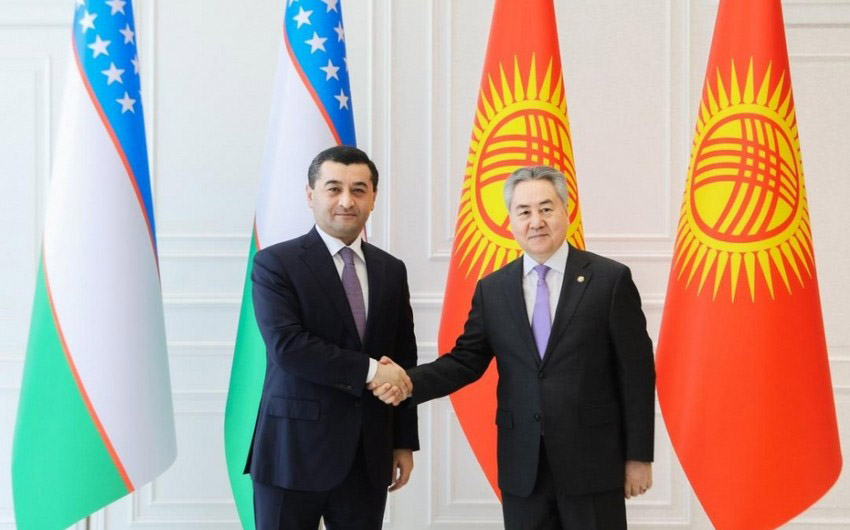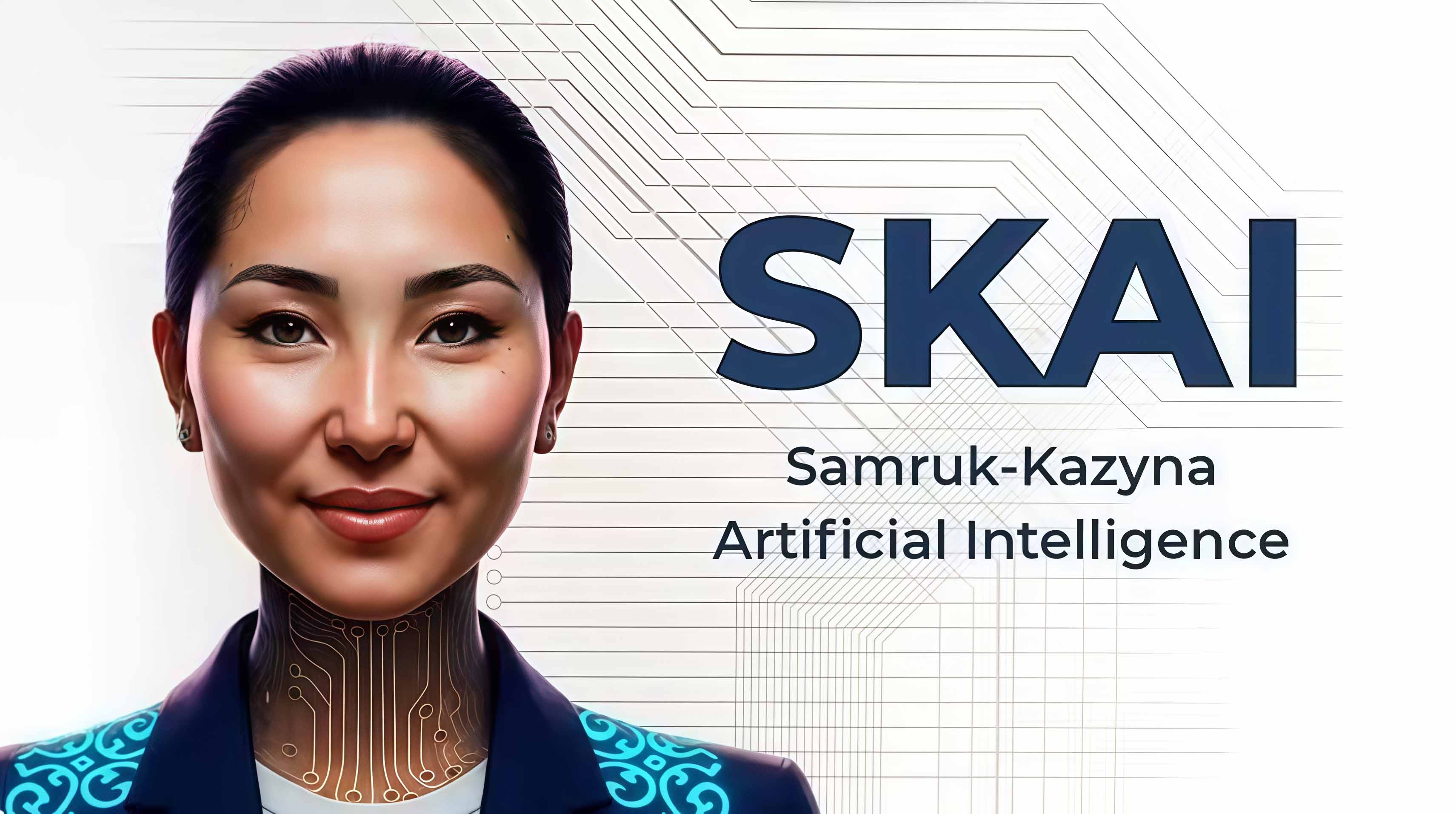The European Union is launching a large-scale technology initiative aimed at bridging the gap in artificial intelligence and strengthening the region's position in the global market. The strategy focuses on the construction of so-called AI gigafactories, which will combine computing power, data arrays, and research potential into a single infrastructure.
As part of this program, the European Commission has already allocated 10 billion euros for the construction of 13 specialized artificial intelligence factories, as well as an additional 20 billion euros as start-up investments in the creation of more powerful AI gigafactories. According to Brussels, this is the largest public investment in the development of AI in the world.
The concept of gigafactories is based on the industrial production model: if raw materials are converted into a product in a conventional factory, then in the case of AI factories, large amounts of data are used as "raw materials", and the result is trained AI models and digital solutions. The infrastructure includes large-scale data centers equipped with thousands of GPUs for training neural networks and processing tasks of high computational complexity.
The new platform is designed to provide access to supercomputing resources for both large companies and small and medium-sized enterprises. It should become an entry point for AI startups, research laboratories, and government agencies seeking to develop and implement intelligent solutions without the need to create their own expensive infrastructure.
According to the European Commission, applications for participation in the project were received from 16 EU member States, offering 60 potential construction sites. The first pilot facility is scheduled to be launched in September in Munich. It is estimated that each gigafactory will require from 3 to 5 billion euros of investment and consume up to one gigawatt of electricity, which is comparable to the energy consumption of a small industrial city.
The main challenge remains ensuring sufficient energy infrastructure. The construction of the AI centers themselves is possible within one to two years, but the modernization of power systems for their maintenance may require much more time and resources.
Henna Virkkunen, Vice-President of the European Commission for Technological Sovereignty, stressed that Europe has everything necessary for a technological breakthrough: a high level of scientific personnel, a growing number of AI startups and a political will to invest. According to her, the EU has 30% more AI researchers per capita than the US, and more than 7,000 startups are working on creating new AI solutions, but they are in dire need of access to computing power.
In addition to the technical component, much attention is paid to the issues of digital and data sovereignty. New AI factories will become not only economic centers, but also mechanisms for protecting strategically sensitive data, especially in the face of increasing global competition in the field of AI.
Experience in implementing such projects has already begun in Norway, where a telecommunications company has opened an AI factory based on its own data center. In particular, in collaboration with local developers, the BabelSpeak machine translation platform was created for use in law enforcement agencies, where traditional online translation services are unacceptable for security reasons.
The European Union expects that the expansion of the network of AI gigafactories will become a strategic foundation for the new digital economy and a key element in strengthening the technological sovereignty of the region in the XXI century.













